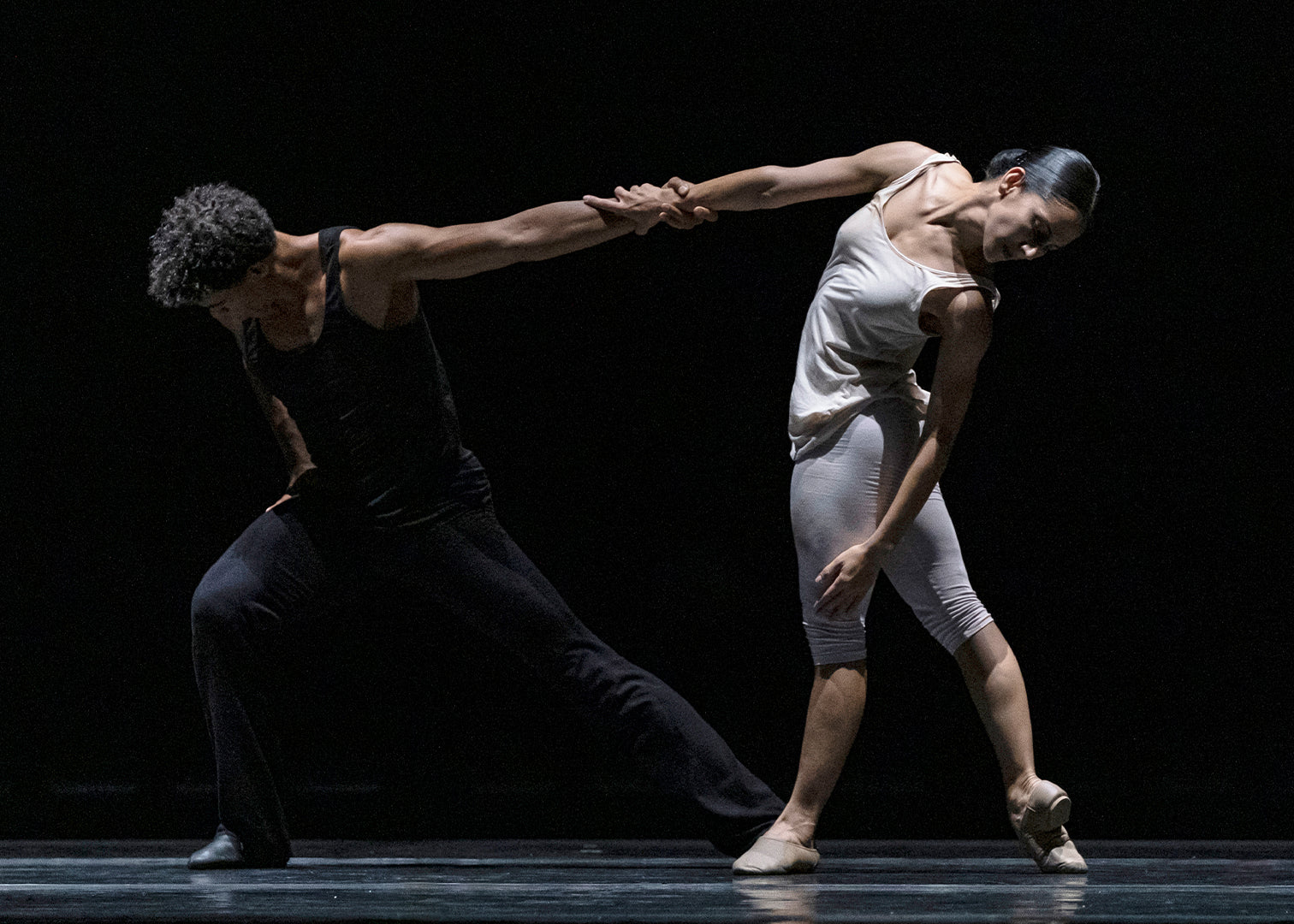Classical ballet competitions tend to be thought of as showy, tutu-filled events, as seen in films like First Position—overflowing auditoriums with the best of the best onstage. Some at the prestigious level, such as Youth America Grand Prix and Switzerland’s Prix de Lausanne, do indeed feature tutus and performances, but many grassroots competitions, where students compete for prize money or scholarships to further their dance dreams, are done in leotards and tights, with participants judged principally on classroom work—barre and centre basics. In ballet, the pursuit of excellence is mostly determined in the studio. Without the grind of the daily ballet class, where technique is perfected, there is no performance worth watching.
And this is precisely what the Isobel Anderson Awards intends to judge. The award was established in 1987 by the Royal Academy of Dance (RAD) in honour of the esteemed dancer, teacher, mentor and choreographer, Isobel Anderson, who devoted her life to dance. Miss Anderson, as she was known to her students, valued musicality, creativity and a love of dance. The competition was founded to ensure her raison d'être continued to be passed down to future generations. The 2017 competition bears historical significance. Not only is it the 30th anniversary of the Awards, but it is the first time the competition has run without Isobel Anderson. She passed away in late 2016 at the grand age of 102.
The competition is run by the RAD’s New South Wales Advisory Panel. On first blush, the rules seem limiting—the competition is open only to students living in NSW, Australia and only to those studying RAD syllabus. The competition runs back-to-back with the Joan and Monica Halliday Awards, with similar rules, for junior RAD students. But both competitions are seriously popular. In 2017, more than 500 students entered the two competitions to compete for cash prizes.
Each competition commences with a series of preliminary ballet classes held over several days, and if necessary, semi-final classes are also held. The judging panel whittles down the competitors, and the finalists are invited to perform an RAD-approved solo. The senior students' competition also includes class exercises. By the afternoon of the finals, held in the Science Theatre of the University of New South Wales, there are 23 finalists for the Halliday Awards and 28 for the Isobel Anderson Awards. Perhaps controversially, ballet competitions often judge students’ potential, rather than their current brilliance. They look for long, lean legs and high insteps. Yes, they are also judging work ethic, determination and a bit of x-factor—all subjective musts for a career in ballet, but competitions also exist, to some extent, to encourage future stars.
On arrival, there is excited chatter and nervous energy as parents, teachers and students alike prepare for the final. The Halliday competition runs first. The impressively trained youngsters perform in leotard and skirts for the girls or tights for the boys, and they display accomplished technique and a sweet enthusiasm. Mia Atkinson took out the Grade 3 competition, Ben Moss the Grade 4 and Amelia Soh took out the Grade 5 competition. Jordan Sawtell, a Grade 4 finalist was awarded the prize for best overall performance with the Halliday Bloch Encouragement Award.
After a short interval, the senior students take the stage. The difference is meteoric, in both their performance maturity and technique. The seniors perform exercises set by a teacher onstage, followed by a variation. While somewhat tedious to watch, the exercises do highlight the students' training. But it is the variations that the audience is there to see, and the chance for the finalists to show their performance mettle. In the four senior categories, Celine Urquhart won Intermediate Foundation, Phoebe Kilminster, a clear standout, took out the Intermediate level. In Advanced Foundation Saskia Vogt from the Conlan College was the audience favourite, and she was awarded Runner Up. In Advanced I, the highest level of the competition, the highlight was Sophie Smith. Smith was trained by Anne Fraser and is now coached by doyen Marie Walton-Mahon and former principal dancer of the Australian Ballet, Lucinda Dunn at the Tanya Pearson Classical Coaching Academy. Smith is technically fabulous with wonderful artistry—a star of the future and deserving of the top prize. The other stand out of the afternoon is Hyo Shimizu. His elevation and showmanship made him not only the crowd favourite but the judges' too, being awarded Most Outstanding Dancer. Best of all, judge Rachael Read, former soloist of the Australian Ballet, rewarded not only potential but age-relevant brilliance.
The competition concluded with a memorial piece dedicated to Anderson, choreographed by Anderson herself and adapted with a voice-over tribute with stories of her contribution to the dance. I believe she would have been not only proud to watch, but content that generations of ballet stars to come are in good hands.
ISOBEL ANDERSON AWARDS RESULTS
Intermediate Foundation
Winner: Celine Urquhart, The McDonald College
Runner Up: Hannah Furniss, Harbour Performing Arts Centre
Bloch Award: Madeline Prieto, The McDonald College, The Conlan College
Intermediate
Winner: Phoebe Kilminster, Joanne Grace School of Dance
Runner Up: Yeonwoo Kim, The McDonald College
Bloch Award: Madeline Gibson, Stepping Out Dance Factory
Advanced Foundation
Winner: Jordan Kim, The McDonald College
Runner Up: Saskia Vogt, The Conlan College
Bloch Award: Audrey Freeman, Tanya Pearson Classical Coaching Academy
Advanced 1
Winner: Sophie Smith, Tanya Pearson Classical Coaching Academy, Anne Fraser School of Dance
Runner Up: Shontaya Smedley, Classical Ballet 121
Bloch Award: Rose Dalton, Tanya Pearson Classical Coaching Academy
Martin Rubinstein Award
Sophie Smith, Tanya Pearson Classical Coaching Academy
The Isobel Anderson Most Outstanding Dancer 2017
Hyo Shimizu, The Conlan College









comments